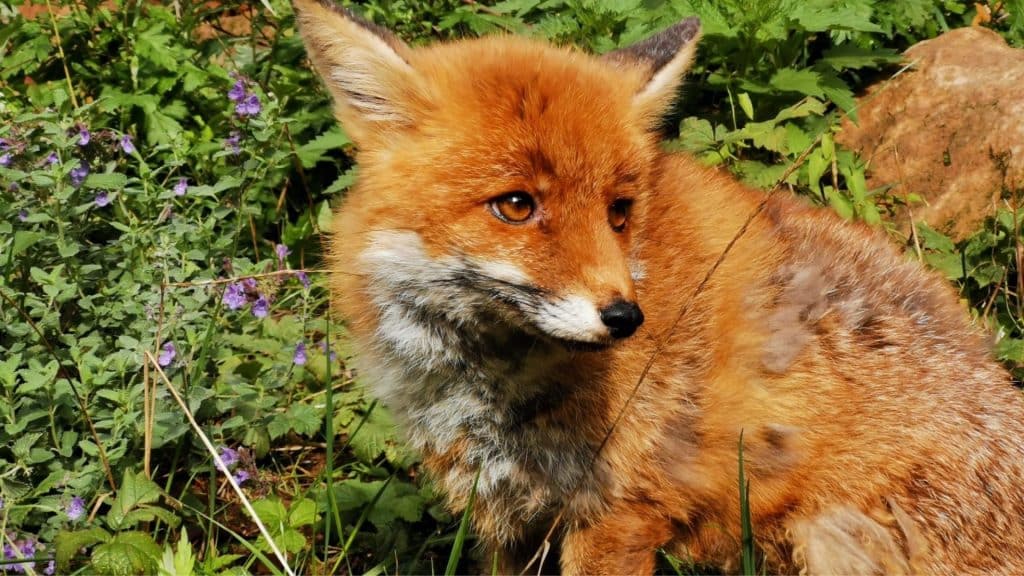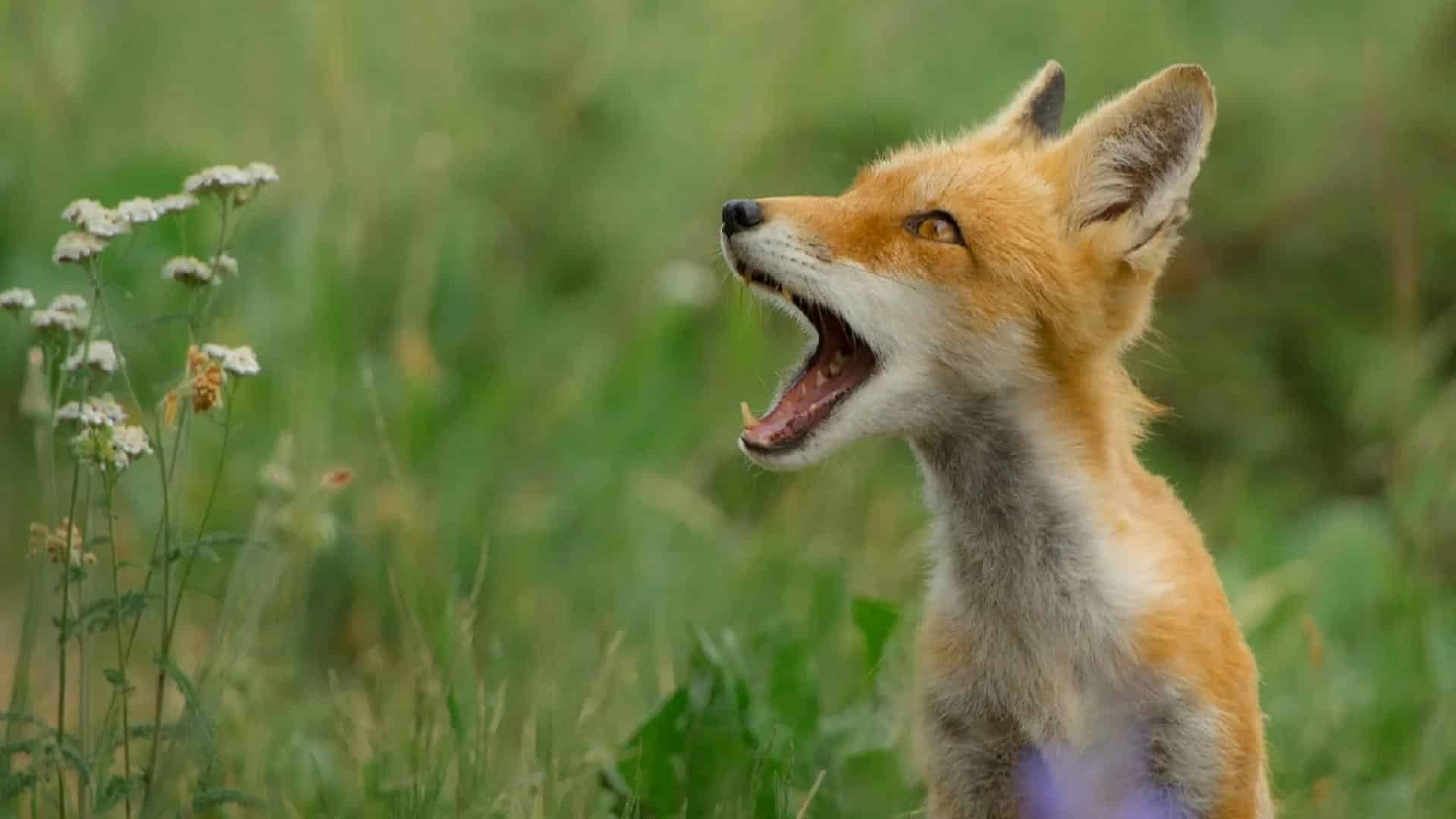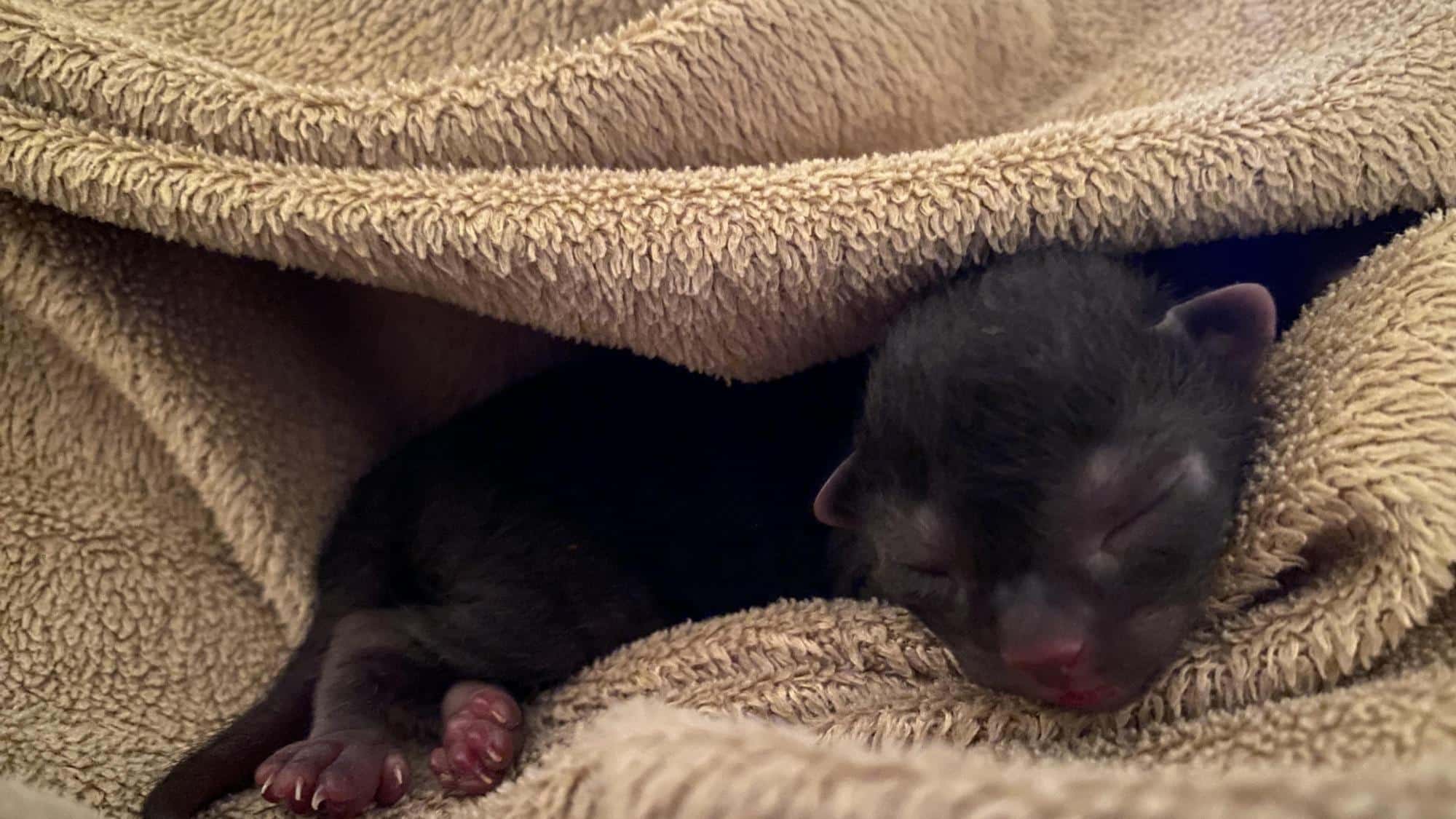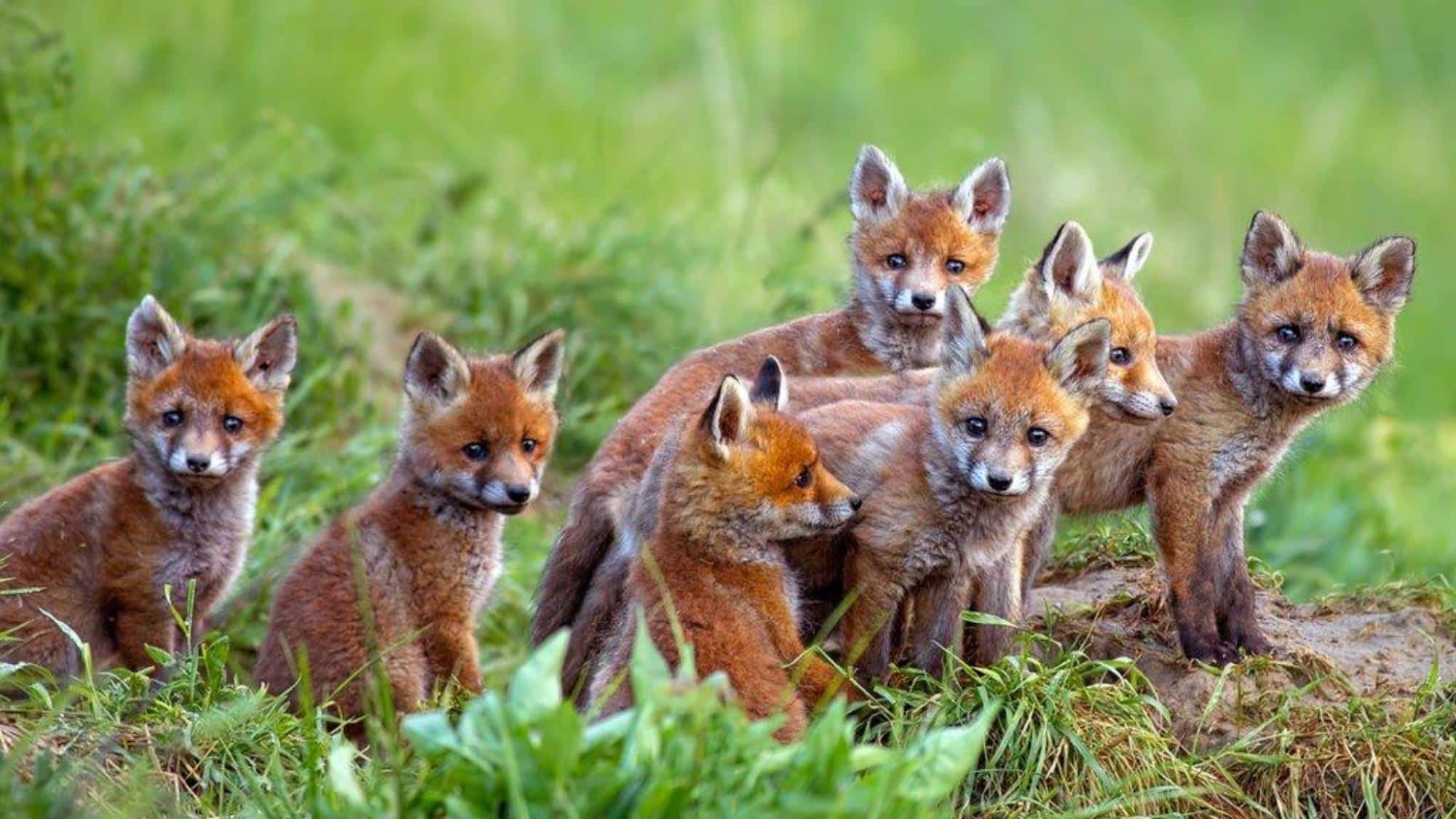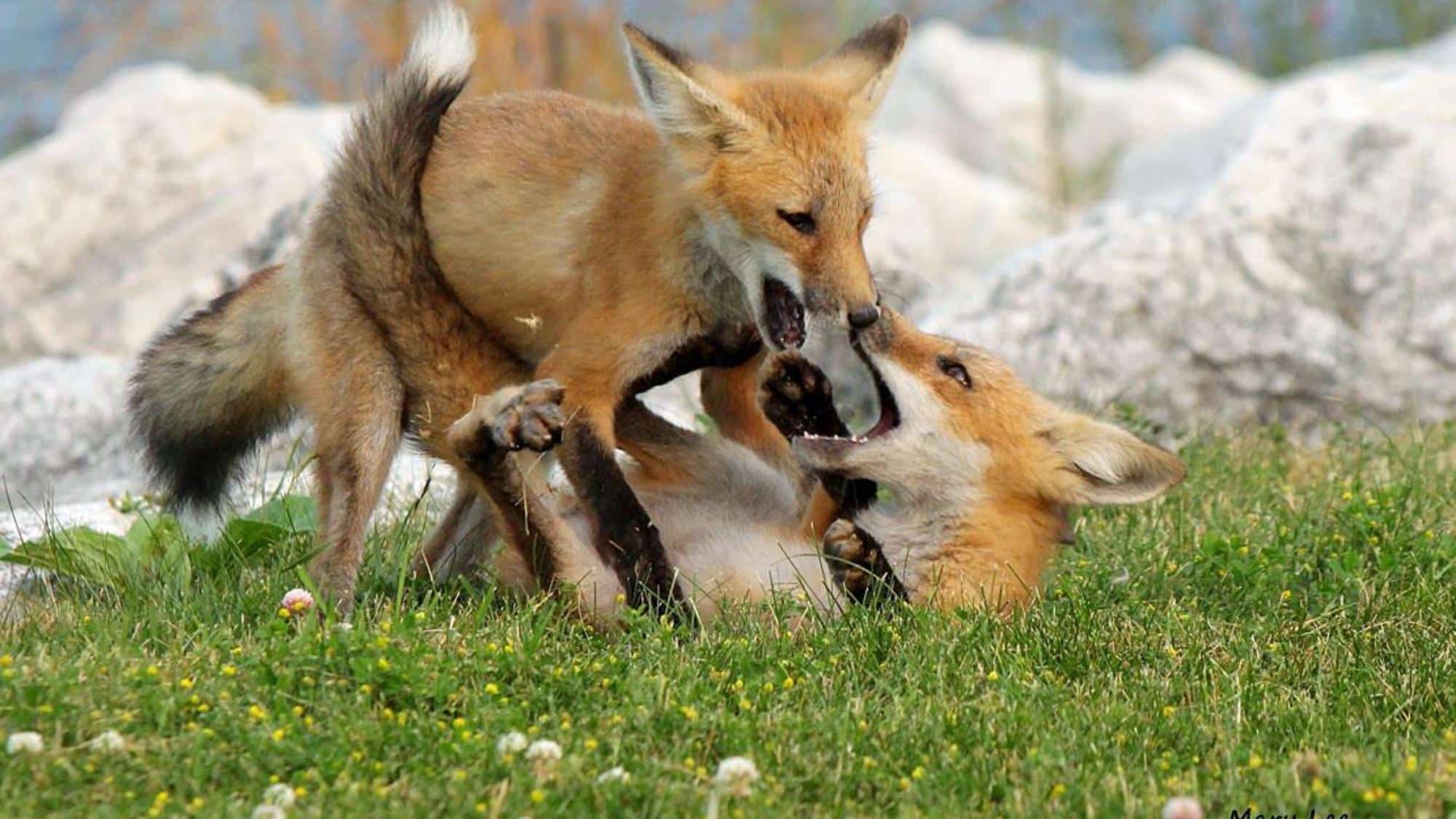From excellent night vision to hidden ways of talking, foxes have skills that help them live in forests, cities, and even snowy lands.
Think foxes are just clever forest animals? There is so much more to these silent hunters that many people do not know about.
They are clever, sneaky, and full of surprises once you take a closer look at how they survive and hunt.
We will share interesting facts about foxes to help you learn what makes these animals so special, unique, and fun to understand.
1. Foxes are Excellent Night-Time Predators
Foxes are well-known for their hunting skills at night. This is due to a special layer in their eyes called the tapetum lucidum, which increases their night vision.
This adaptation allows them to see more clearly in the dark, helping them track prey and find food even in low-light conditions.
As a result, foxes are skilled nocturnal hunters, often prowling during dusk or nighttime.
2. Foxes are Mostly Solitary Animals
While many animals live in large social groups, foxes tend to be solitary by nature, meaning they usually live alone.
These groups consist of a breeding pair and their offspring, where the mother does most of the rearing of the cubs, while the male helps in providing food.
Despite this, foxes are not typically seen in large packs, and they often prefer their own space.
3. Foxes Can Make Over 40 Different Sounds
Foxes are extremely vocal animals and can produce a wide range of sounds, including screams, barks, howls, and even yips.
They use these sounds to communicate with each other, whether it’s to warn others of danger, call their mate, or mark their territory.
Each vocalization serves a purpose, from expressing anger to signaling excitement or fear. This extensive vocabulary helps foxes stay connected.
4. Foxes Use the Earth’s Magnetic Field to Hunt
Foxes have a good ability to use the Earth’s magnetic field when hunting.
Scientists have found that foxes can sense magnetic fields and use them to help determine the distance and direction when pouncing on prey.
This ability allows them to land accurately on animals hidden in tall grass or under the snow, where their prey might be difficult to spot otherwise.
It’s a clever survival tactic that adds to their already impressive hunting skills.
5. Foxes have Great Hearing
Foxes have incredibly sensitive hearing, which is crucial for tracking prey.
They can hear low-frequency sounds, like the ticking of a watch from 36 meters away or the scratching noises of rodents digging underground.
This acute sense of hearing allows them to detect the smallest movements or sounds, making them highly efficient hunters. They can often find prey without even seeing it, simply by listening to its movements.
6. Foxes Only Breed Once a Year
Foxes are typically seasonal breeders, meaning they mate only once a year, usually in winter. The mating season is short but intense, with the female giving birth to 4 to 6 cubs in the spring.
This limited breeding cycle means that foxes invest a lot of time and energy into raising their young, ensuring the survival of the species.
7. Newborn Fox Cubs are Blind and Immobile
At birth, fox cubs are extremely sensitive. They are blind, immobile, and unable to regulate their own body temperature.
For the first few weeks of their lives, they stay in the den with their mother, who provides them with warmth and sustenance.
Their dependence on their mother is crucial during these early stages, and she carefully nurtures them until they grow strong enough to venture outside.
8. Foxes Can Live in Both Rural and Urban Areas
One of the most impressive traits of foxes is their adaptability. While they are commonly associated with rural or wild areas, foxes are also able to thrive in urban environments.
In cities, they may dig dens under bushes, sheds, or tree roots, often finding shelter in backyards or empty lots.
Their ability to adapt to human-dominated areas has allowed them to expand their habitat range and survive in places where many other animals might struggle.
9. Foxes are Omnivores
Foxes are omnivores, meaning they eat a variety of foods, including both plants and animals. Their diet consists of small mammals, birds, insects, and fruits like berries.
Foxes are opportunistic feeders, which means they will adapt their diet based on what is available in their environment.
This flexibility allows them to survive in various ecosystems, from forests to urban areas, where food sources can vary.
10. Foxes have a Social Hierarchy
Foxes live in small family groups, which have a flexible but distinct social hierarchy led by a breeding pair.
Roles like alpha and beta help organize care and territory defense, while lower ranks support the group; this hierarchy is looser than that of wolves.
11. Foxes Don’t Hibernate
Unlike some animals that hibernate in the winter, foxes remain active year-round, even in cold climates. In winter, they grow thicker fur to keep warm.
Their ability to stay active in harsh conditions, rather than hibernate, helps them maintain their role as predators in ecosystems, even during the colder months when food can be scarce.
12. A Group of Foxes have Their Own Term
When foxes gather in small family groups, they are called a “skulk”, “leash”, and sometimes, “earth” is also used.
These groups happen more often during the breeding season or while the cubs stay close to their parents for care and learning.
Foxes spend time together to build bonds and help take care of each other.
13. The Red Fox is the Largest True Fox Species
The red fox (Vulpes Vulpes) is the largest of the true fox species and has the most widespread distribution across the Northern Hemisphere.
Known for their rusty red fur, white-tipped tails, and pointed ears, red foxes are adaptable and can be found in a variety of habitats, from forests to grasslands to urban areas.
Their size and resourcefulness have made them one of the most recognizable fox species.
14. Foxes have Been Associated with Humans for Centuries
Foxes have had a long history of interaction with humans, particularly in hunting for their fur.
They’ve also been featured in folklore and mythology worldwide, often symbolizing cunning and intelligence.
In many cultures, foxes are seen as tricksters, using their wits to get out of tricky situations, and this reputation has contributed to their prominence in stories and legends.
15. Foxes Help Control Small Mammal Populations
Foxes play a vital ecological role by keeping small mammal populations in check. Their hunting of rodents, like rats and mice, helps reduce the number of animals that can carry diseases, such as Lyme disease.
By limiting these populations, foxes indirectly contribute to the overall health of their ecosystems.
16. Fox Cubs Develop a Pecking Order
Just like wolves or other social animals, fox cubs establish a pecking order within their family groups.
Even at a young age, they start to show behaviors that indicate dominance or submission, helping them figure out their roles within the group.
This social dynamic is essential for the cubs’ development and their ability to interact with each other as they grow.
17. Foxes are Playful and Curious
Foxes are naturally curious and playful, especially as cubs. They enjoy playing with objects, such as sticks or balls, and sometimes even interact with humans in urban settings.
Their playfulness helps them develop their physical skills, such as pouncing and hunting, while also providing entertainment and social bonding in their family groups.
Final Thoughts
Foxes are not just quick and cute, they are full of talents that help them live in various environments.
From hunting in the dark to using their tails to send signals, every part of a fox’s body and behavior has a smart purpose.
These interesting facts about foxes help show how clever and adaptable they truly are in the wild.
If one crosses your path again, you will know there is much more going on than just a flash of fur.
Which fact was your favorite? Tell us in the comments!
We would love to hear what surprised you most!

